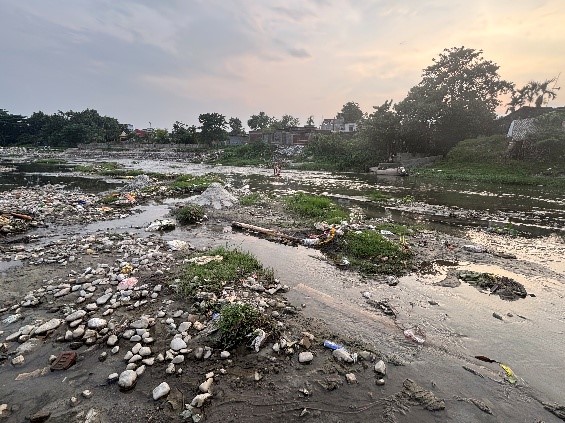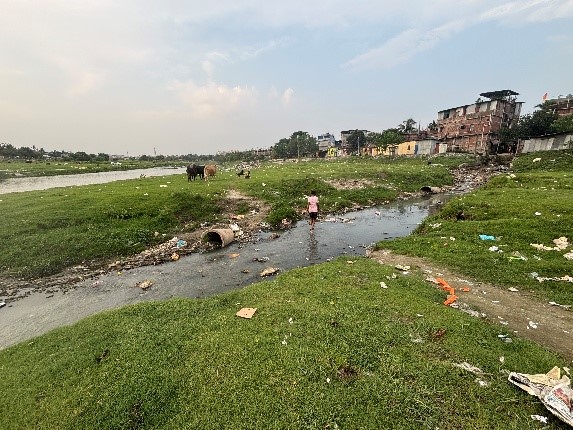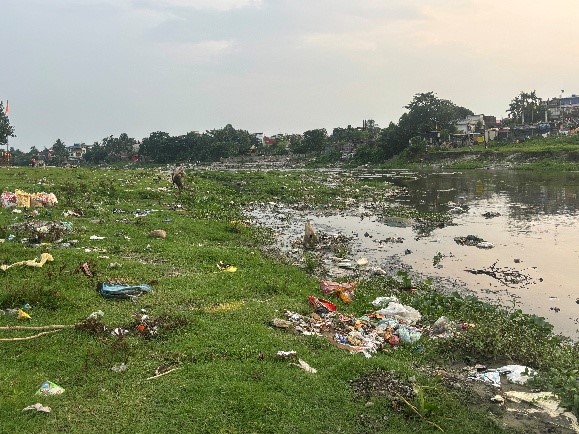Overview
Publications
Recruitment
Intranet
CIFRI Corners'
The Mahananda River is a vital tributary of the River Ganga serving as a crucial water source for the city of Siliguri. Despite its ecological and socio-economic importance, the river faces increasing pollution pressures from urbanization, industrial waste, medical waste from hospital and untreated domestic sewage, especially in densely populated areas like Siliguri. A recent pollution assessment by ICAR-Central Inland Fisheries Research Institute, Barrackpore has raised serious environmental concerns for the Mahananda River, particularly around 2.1 km stretch of Janta Nagar area in Siliguri. The report highlights unchecked discharge of untreated industrial effluents, sweet shop discharge and domestic sewage into the river, posing a threat to both aquatic life and public health. According to water quality testing conducted in the affected stretch, the Biochemical Oxygen Demand (BOD) level stands at 2.4 mg/L, indicating high level of organic pollution. More alarmingly, the Total Coliform Count has reached 280 MPN, exceeding permissible limits for safe water use and signalling significant bacterial contamination from faecal matter and sewage.














